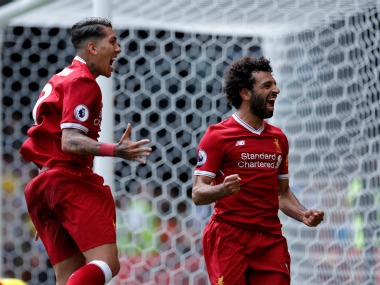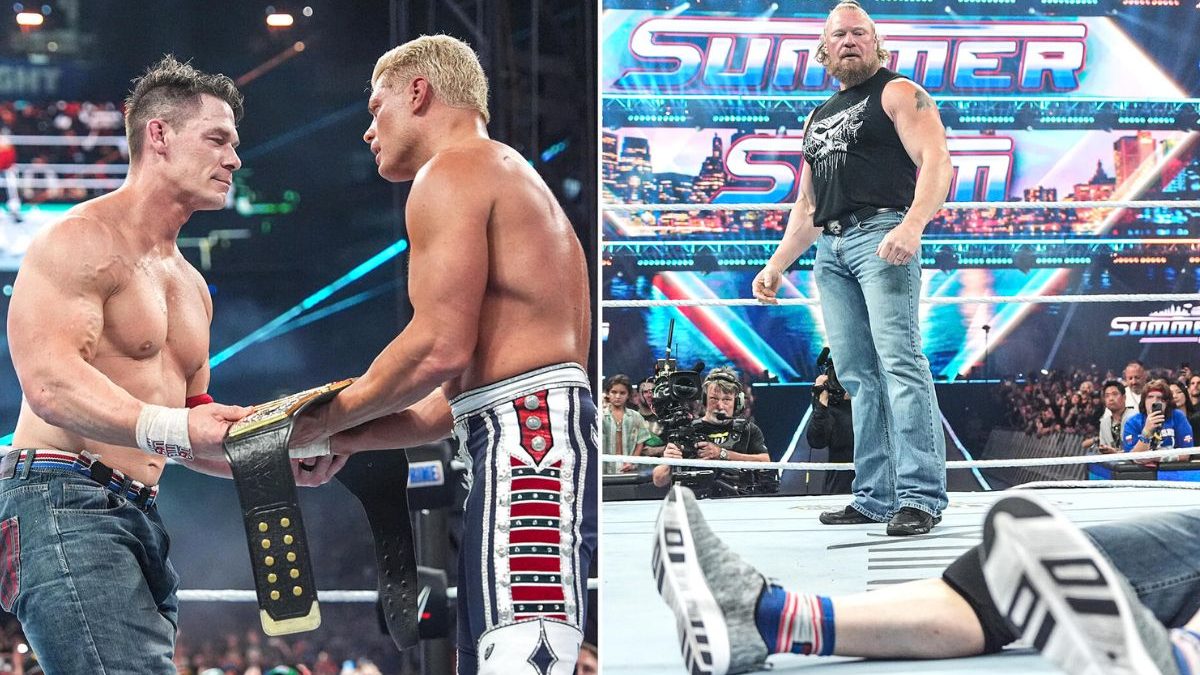About two and a half months after Liverpool dished a pasting to Arsenal at Anfield, a documentary film on the Gunners’ biggest exploit at the hallowed ground was handed its official release. It was a rather nostalgic take on one of Arsenal’s most famous nights, a match worthy of cinematic exposure. One wondered whether the film came about merely to commemorate a spectacular occasion, witnessed by about 12 million on grainy television screens in the United Kingdom. There was little left to recall, much to, however, reminisce. Back in the summer of 1989, the first division championship went to the final game. This, in itself, was not exceptional. But never since have the two challengers met each other on the last day of the season. [caption id=“attachment_3948927” align=“alignleft” width=“380”] File image of Mohamed Salah. Reuters[/caption] It was, quite literally, the final day of competitive football for the campaign. Due to the Hillsborough tragedy, the Liverpool-Arsenal fixture had to be moved. Since there were no other dates available, the match was played on a Friday night — a week after the rest of the teams had finished their league commitments. Arsenal needed to win the match by two clear goals to lift the title; the Gunners found the second goal after 90 minutes, in added time. The story has been told and retold. But the sheer dint of the occasion ensures the shine remains. It perhaps burns brightly in memory now than ever. As we reckon with another Friday night meeting between Arsenal and Liverpool — albeit at the Emirates Stadium this time — there is a palpable sense that the summer night of 1989 is lost to the recesses of recollection. This season seems rather apt to release the documentary, for it is quite possible that both Arsenal and Liverpool will not finish among the top four sides. What has gone wrong? “Everything,” Arsene Wenger said as he tried to explain his side’s humbling 0-4 defeat at the hands of the Reds earlier this season. That may hold true for that afternoon alone but despite the odd kindling ember, Arsenal do not seem to be headed for major progress. Liverpool can boast of having the league’s top scorer, Mohamed Salah (14 goals), but the way forward remains hazy at best too. Lying fourth, the Reds visit a side placed only a spot below; it is probably the best both can achieve. Marquee clash, you say? Meh! Yet, this fixture has produced some memorable contests in recent history. The 4-4 draw in 2009; the two big thrashings coldly delivered by Liverpool, in 2014 and this season. Anfield arguably has seen more historic developments in matches between these sides but the teams’ season-opener last year at the Emirates was worth its weight in gold. A 4-3 thriller in favour of Liverpool exposed familiar issues that remain true for both sides even today. Jurgen Klopp’s boys are devastating in the opposition area but can shock themselves with incompetence in their defensive work. Arsenal, on the other hand, flatter to deceive in big clashes while retaining an ability to rise above the morass only momentarily. It is testament of the problems which underlie the clubs that nothing seems to have changed in the past 18 months. Salah has added another cutting edge to Liverpool but the floundering transfer activity in the summer is a sore point. The patchwork could have clicked if Klopp’s defensive coaching was one of his core strengths; one cannot be sure that is the case ever since Borussia Dortmund had its forgettable campaign in his last season with the club.
Arsenal seem to be trapped in their own vortex of mediocrity. Wenger has tried to change things this season, seemingly less stubborn in the aftermath of failure.
But his decision to not pick Alexandre Lacazette and Sead Kolasinac, the two big summer signings, for the clash at Anfield in August still chafes. Despite the humiliating defeat, he repeated the non-selection of Lacazette against Manchester City in November. It is not that he has stuck to his stand, rather there’s the sense that Wenger has an ability to pull out a selection gaffe when the stakes are high. A magician who can burn the circus down when the show finds its biggest payday. Wenger was widely criticised for playing Alex Oxlade-Chamberlain as a wing-back on that fateful day in August. Days later, the player was the subject of a transfer move… to Liverpool. It was a transfer which documented all that you need to know about the clubs in question right now. Arsenal buy a young English talent from a feeder club; he is highly touted in his formative years, only to lose his way afterwards. Gradually, he becomes unsure of his best position. Flitting from the bench to limited game time, he agitates for a move, convinced that he’s meant for something better. Along comes another club, ostensibly in the search of silverware but lying distant from it. Despite the move, his personal dilemmas continue… What is his best position? How many games will he play? Will he be condemned to repeat his past? It is a question Oxlade-Chamberlain must ask himself. But not just him. Arsenal and Liverpool are condemned by the past too. Condemned by their glorious histories, ostracised out of the trophy-winning elite by recent failures. When the sides meet on Friday, their distance to the plane which currently hosts runaway leader Manchester City will feel like a few planets away. It might be easier to go back in time and reminisce about that exciting summer day of 1989.


)




